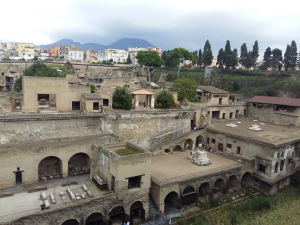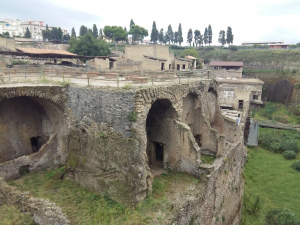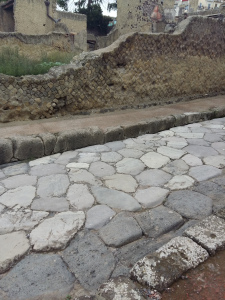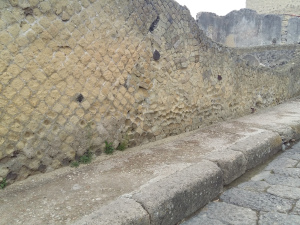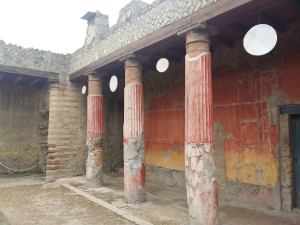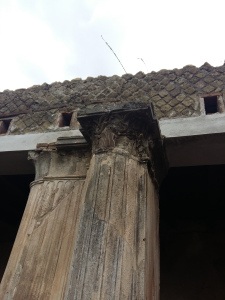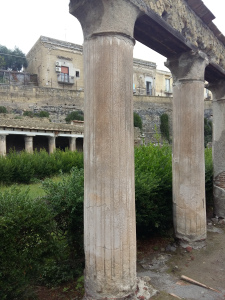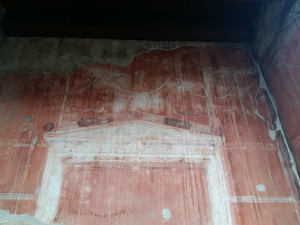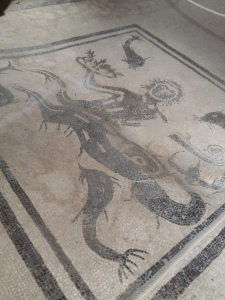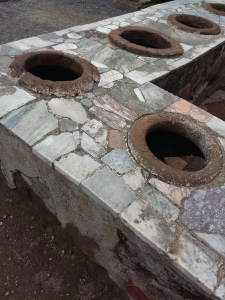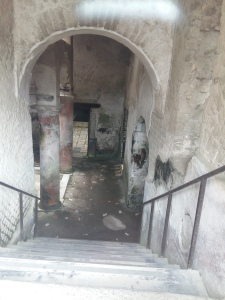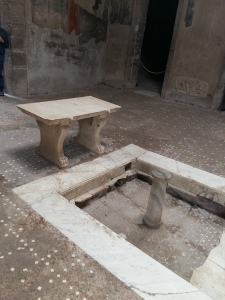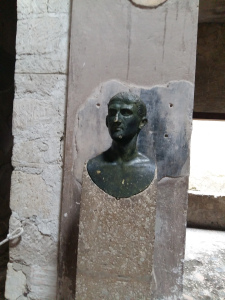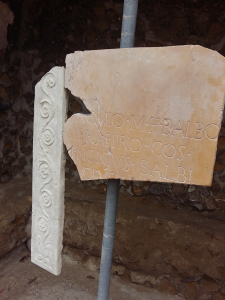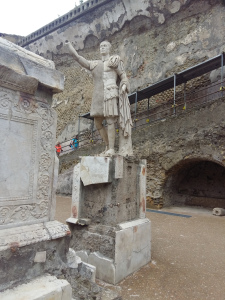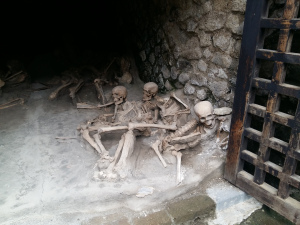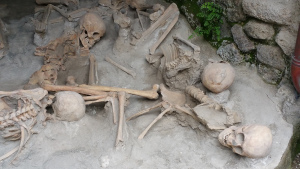If you’re going to have to turn 40, there are worst ways to start your day than waking up in Rome with a visit to the Colosseum on the cards. Once again my pre-planning had come into it’s own, because I found through research that the Colosseum has bookable private tours of areas not open to the public. I wanted to get tickets for the undergound tour, which are are only released a few weeks in advance; I knew they were in high demand and unfortunately missed out. Fortuitously though, a new tour has just been launched – the Belvedere tour – which takes visitors up to the third and fourth tiers of the structure giving incredible views and a real feel of the size of the arena, so we still got to do something “extra” than most people have access to.
As we approached the Colosseum it was so strange to see the contrast of modern construction against such an old and important point of interest (a new underground rail line is being built to service this area of the city).
I underestimated the walking distance from our hotel (much to the chagrin of the husband and his aching bones) so we arrived just about in time to go through security and meet up with our tour guide. Everyone was given a headset to listen to the very interesting commentary as we walked around. The tour starts in the same entrance used by all visitors and then proceeds to the higher levels which are behind locked doors and only accessed by venue officials.
We learned that, despite depictions in films, gladiators fought other gladiators (highly trained fighter who went to “Gladiator School” in an attempt to gain fame and fortune) and not animals (that was reserved for criminals). We learned that it was not only lions that were shipped in for these fights, but also larger African animals like elephants and giraffes! We learned that, to celebrate the opening of the Colosseum in 80AD (known the as the Flavian Amphitheatre), a 100 day ceremony took place which saw events and fighting every day for the length of the opening ceremony. Tickets to attend events at the Colosseum were free, on a first come first served basis, and carved into a stone tablet, apart from upper class seats, right at the side of the arena, which were reserved for the ruling emperor, politicians and wealthy upper class members of society. We looked down from the highest possible point of the structure, looking at the tiered seating and the underground portion of the arena where you can still see evidence of the labyrinth of corridors which would have been hidden by the stage; where fighters and animals were kept until such time that they were due to perform, when they would be propelled up onto the stage by an elaborate (for the time) lift contraption and through a trapdoor.
Read some interesting facts about animal fights in the Colosseum.
After the tour we were free to wander around at will, looking at some of the permanent exhibitions and just feeling the sheer size of the space, marveling at the construction (it’s so symmetrical! And so well preserved!) And obviously taking all of the photos!
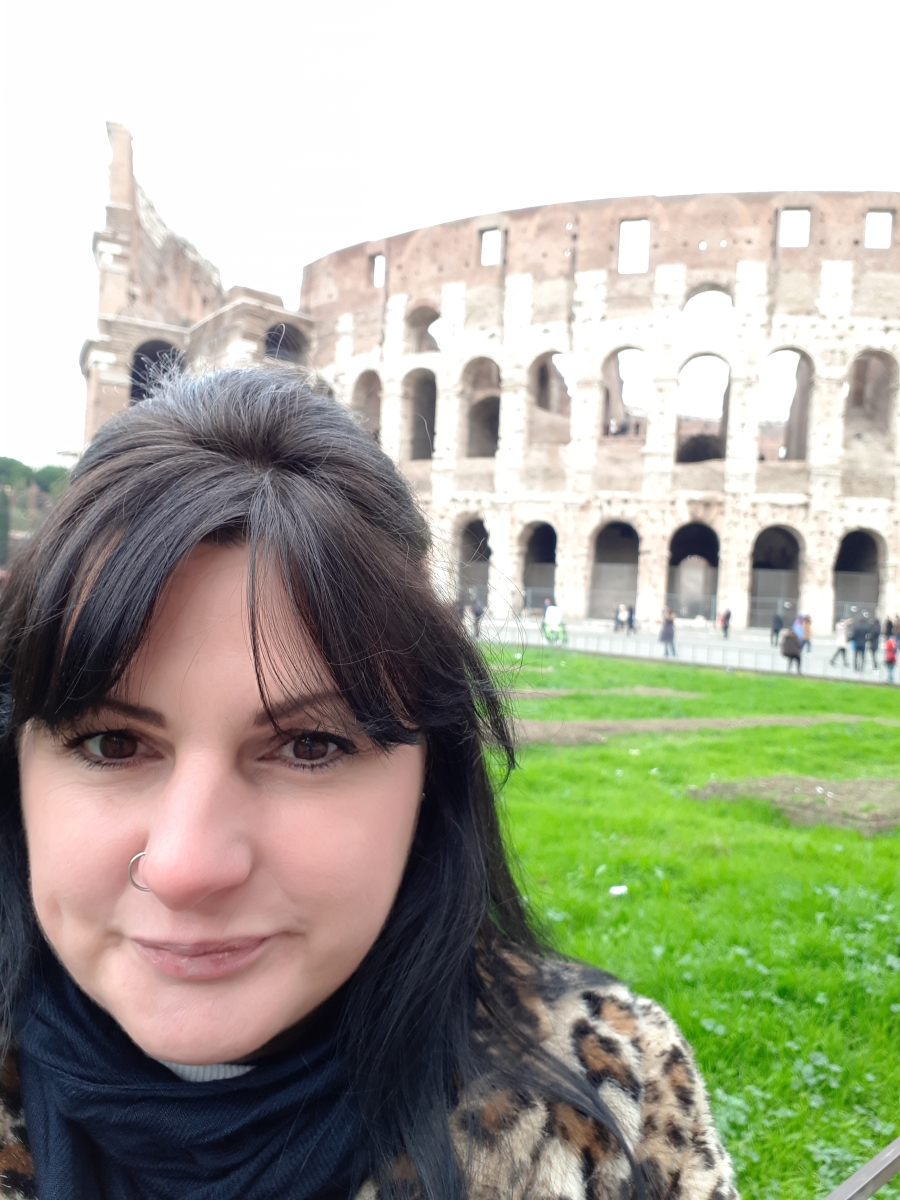
After leaving the Colosseum, we headed across the cobbled courtyard to the entrance to the Forum and Palatine Hill, which is included in the costs of the standard Colosseum entry ticket. The ticket is valid for 2 days, so you could do one attraction on one day and the other the next, which is very useful if you’re pushed for time. It also represents really good value with everything you get to see for one price.
The Forum was the centre of ancient Rome, originally a marketplace and now surrounded by the ruins of several important ancient government ruins. Shrines and temples, columns, both intact and in pieces, carved stone – it’s amazing to see the layout of the area still as it once was, even after all these years.
These doors are 2000 years old, and the lock still works! (that blew my mind)
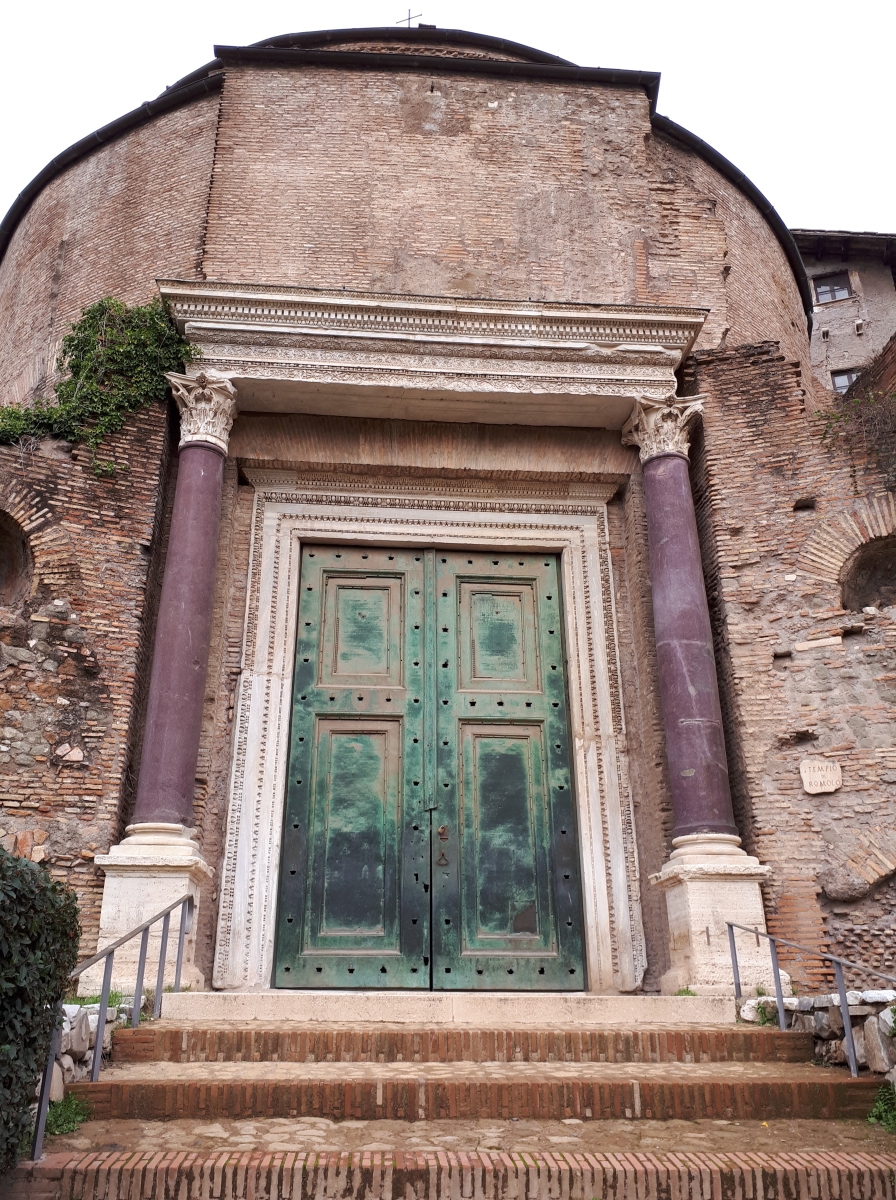
The Arch of Titus was commissioned by Emperor Titian, in memory of his brother.
I wonder what this says?
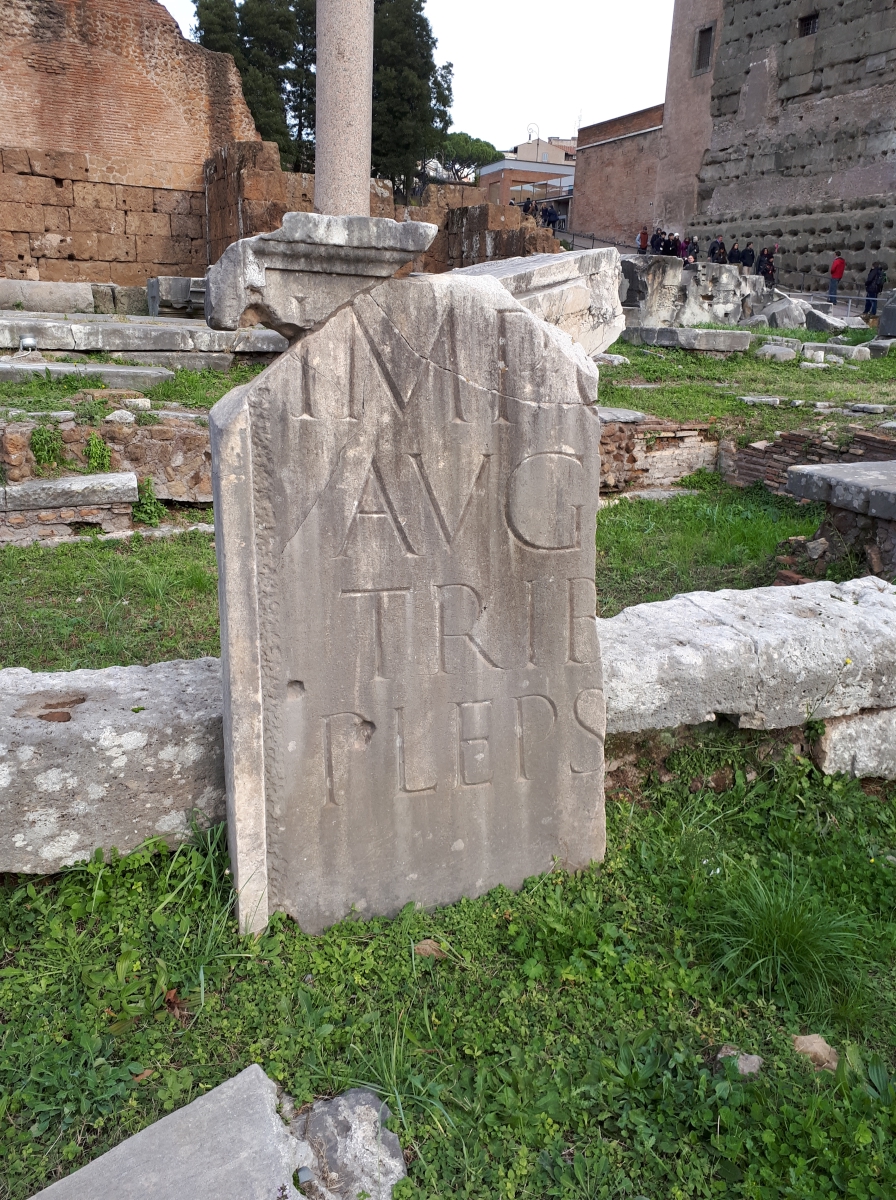
Upon leaving I took even more photos of the Colosseum because, honestly, it was just breathtaking and just incredible to see.
What a way to spend a birthday!
Did you see my previous posts, about my first day and second day?
Thanks, as always, for reading! x


























